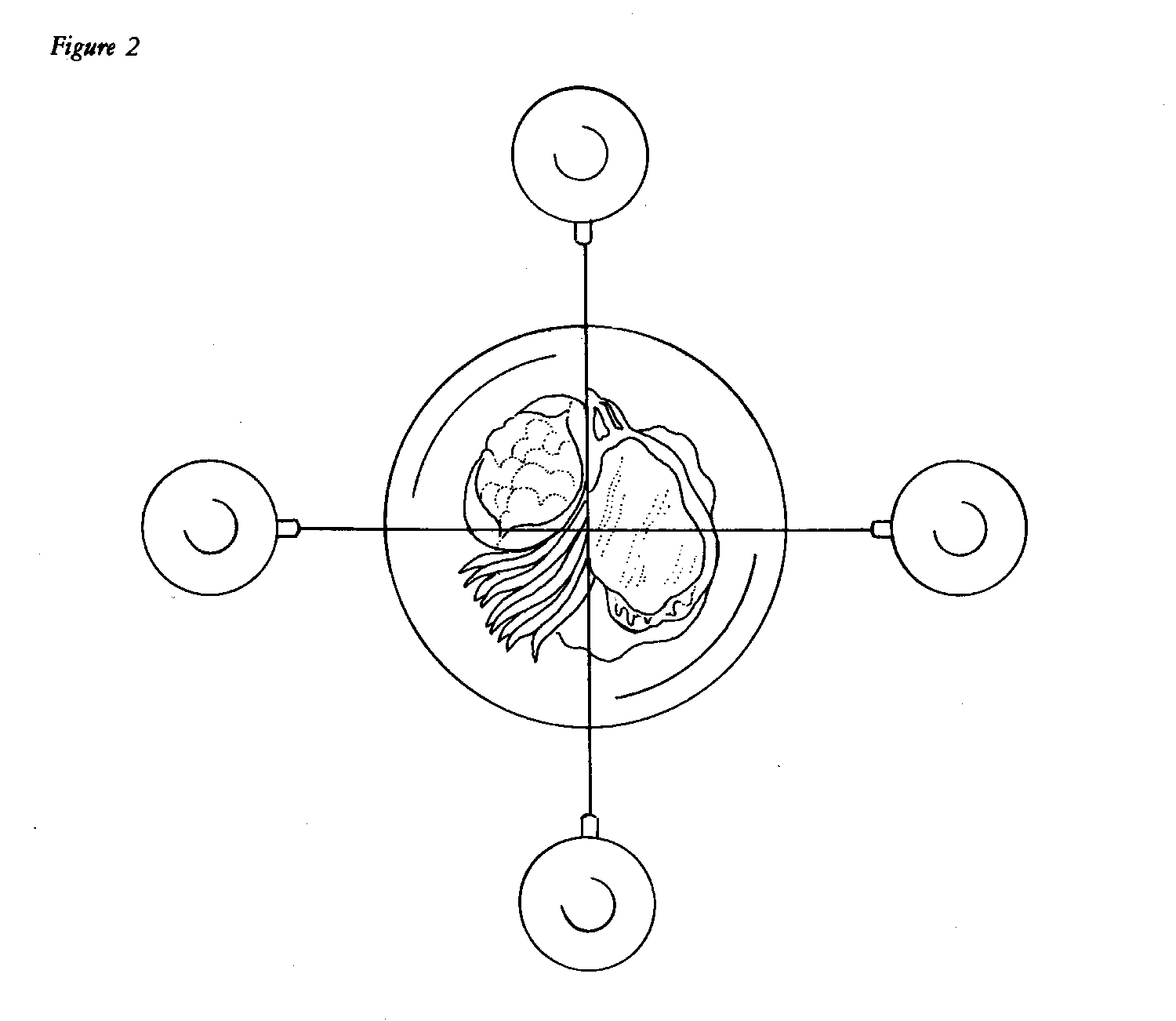

|
|
 In years past, balance was synonymous with symmetry. In recent years we
discovered that there is more to balance than just symmetry - there also
is balance by weight. How weight is distributed on a plate or platter
greatly affects a guest's perception of balance. For Example, if you were
to balance yourself standing on one foot, there are many different
positions your remaining leg and two arms could be in. The key to being
balanced, however, is to keep the appropriate amount of weight on each
side of your supporting leg. As long as your weight is equally distributed
over your placed foot; you maintain your balance and look of balance as
well. In years past, balance was synonymous with symmetry. In recent years we
discovered that there is more to balance than just symmetry - there also
is balance by weight. How weight is distributed on a plate or platter
greatly affects a guest's perception of balance. For Example, if you were
to balance yourself standing on one foot, there are many different
positions your remaining leg and two arms could be in. The key to being
balanced, however, is to keep the appropriate amount of weight on each
side of your supporting leg. As long as your weight is equally distributed
over your placed foot; you maintain your balance and look of balance as
well.
This
principle also can be applied to a plate or platter. As illustrated by
places A, C, D and F, balance does not always have to be symmetrical.
Plate F depicts the traditional three point presentation - meat in front,
potato and vegetable to the rear. Plate D depicts a more modern approach
known as center plate presentation.
During set up of a plate or platter, you can test for balance by using
two or four coffee coups with strings attached to the handles. By using
this method during the initial presentation or practice phases, you can
spot unequal weight distributions early on, and make changes accordingly.
    

|